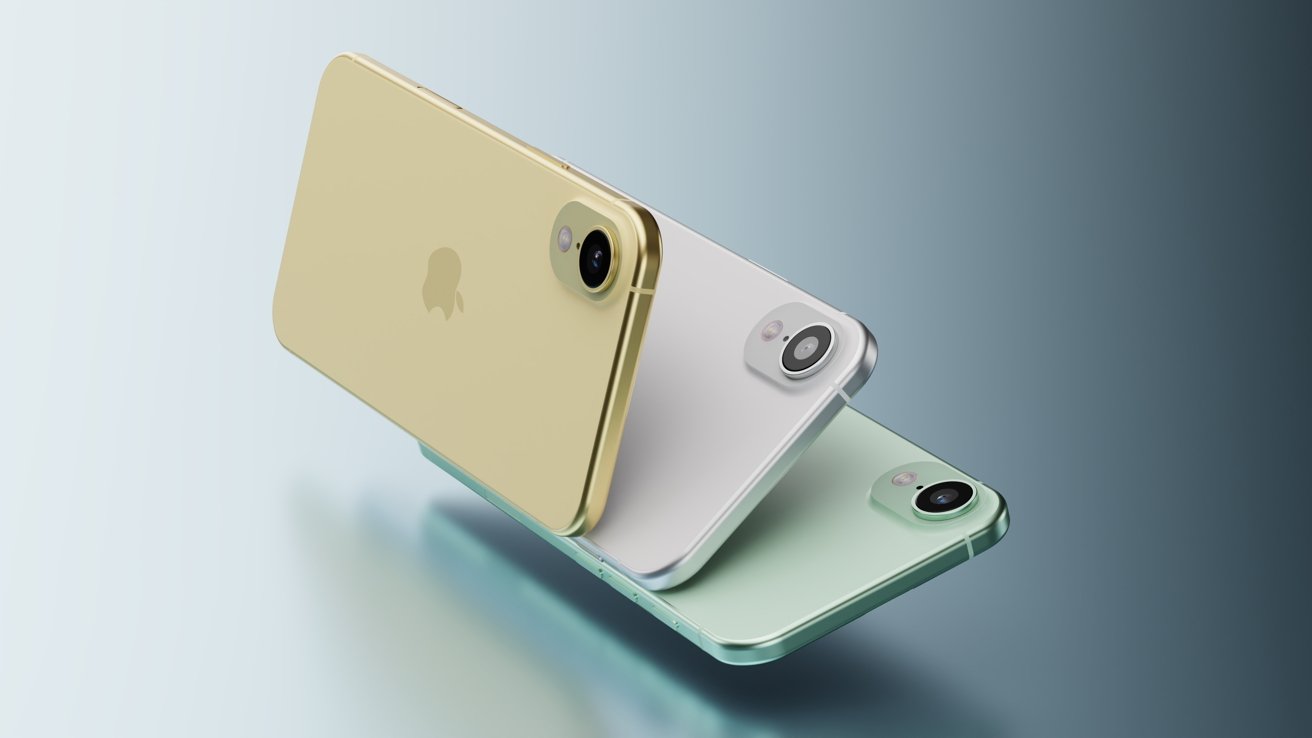|
IN SHORT
|
The arrival of the iPhone Slim is already generating considerable excitement among technology enthusiasts. For years, Apple has always sought to combine sleek design and convincing performance, and the Slim model could well take a new step in terms of elegance. But beyond its attractive appearance, the question arises: will this smartphone really be the thinnest in the Apple range? Let’s dive into the promising innovations and technical challenges surrounding this model, while analyzing what it means for the everyday user.
The iPhone Slim: a revolution in finesse?
The innovation of Apple never ceases to surprise, and rumors about the next iPhone Slim cause great excitement. Announced as being even thinner than its predecessors, its release is scheduled for 2025. According to some sources, this model could redefine the user experience thanks to its remarkable thinness.
Ultra-thin design: myth or reality?
Speculation is rife about the exact thickness of the iPhone Slim. Many analysts, including the famous Ming-Chi Kuo, claim that it will be the thinnest model ever developed by Apple. Currently, the iPhone SE holds the title with a thickness of 0.29 inches. However, Apple could do even better, taking inspiration from the extreme thinness of the iPad Pro with its 0.20 inches.
The materials used in theiPhone Slim could also play a crucial role. Rumors speak of an alloy of titanium and aluminum, combining lightness and robustness.
| Characteristic | Detail |
| Hypothetical thickness | Less than 0.29 inches |
| Frame material | Titanium-aluminum alloy |
| Release date | 2025 |
| Screen | 6.6 inches, 120Hz ProMotion |
| Battery | Lifespan to be confirmed |
| Camera | Single, wide |
| starting price | $1,299 |
<!–

A redesigned range
With the potential arrival ofiPhone Slim, Apple’s smartphone lineup could see drastic changes. The removal of the Plus model in favor of a slimmer design seems increasingly likely. The iPhone 17 Plus could be relegated to the past, making way for this new ultra-thin variant.
- Thinnest current thickness: iPhone SE (0.29 inches)
- Target thickness: between 0.20 and 0.29 inches
- Material: Titanium-aluminum alloy
- Current ranges: iPhone 17, Pro, Pro Max, Plus (to be replaced)
Performance and a price to match
The potential « Ultra » name associated with this model could also mean a considerable increase in specifications and price. A starting price of $1,299 is mentioned, representative of the expected high-end features. This includes a 120Hz ProMotion display and a slightly lower screen resolution than the iPhone 15 Plus, while maintaining a pixel density close to 460 ppi.
A compromise on the battery?
The increased thinness of the iPhone Slim could pose battery life challenges. However, Apple could optimize the phone’s interior space to maintain acceptable battery life. Some analysts speculate that despite the thinness, Apple could outdo itself in maintaining a balance between design and performance.
FAQs
How thick will the iPhone Slim be? The exact thickness remains unknown, but it will aim to beat the iPhone SE’s record of less than 0.29 inches.
What materials will be used for the iPhone Slim? It is likely that the iPhone Slim will use a titanium and aluminum alloy, combining strength and lightness.
How much could the iPhone Slim cost? Prices are expected to start at $1,299 USD, justifying the expected high specs.
Will the Apple range change with the iPhone Slim? Yes, the iPhone Slim could replace the iPhone 17 Plus, reducing the lineup to four main models.
Will the battery be affected by the thinness of the iPhone Slim? The thinness could impact battery life, but Apple will likely look to optimize internal space to compensate.

